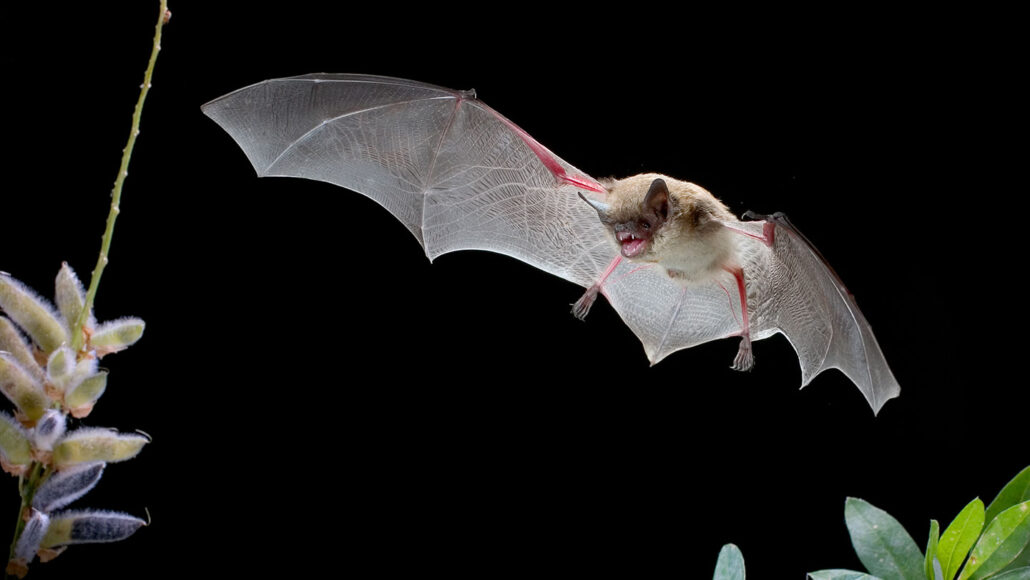
Life
Has the Endangered Species Act saved species from extinction?
After 50 years, this landmark law has kept many species alive — but few wild populations have recovered enough to come off the “endangered” list.
Come explore with us!

After 50 years, this landmark law has kept many species alive — but few wild populations have recovered enough to come off the “endangered” list.
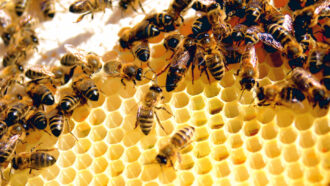
During nest building, these insects add five- and seven-sided cells in pairs. This helps their colony fit together hexagonal cells of different sizes.

For now, humans aren’t on the menu for carnivorous plants. But what would it take for one to consume a person?
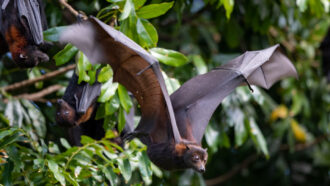
Hungry bats are more likely to shed harmful viruses to people or livestock when they spread out to hunt food. Conserving forests may limit this risk.

Long, thin bacteria that conduct electricity may be able to help clean up oil spills and reduce emissions of methane, a powerful greenhouse gas.

The global population hit this milestone on November 15, according to an estimate from the United Nations.

One gene drive to eliminate malaria seems to work in the lab. Now it’s time to ask local people if they want it released in the wild.
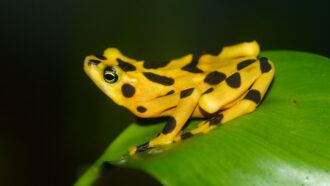
Amphibian deaths from a fungal disease may have led to more mosquitoes — and an increase in malaria cases in Costa Rica and Panama.
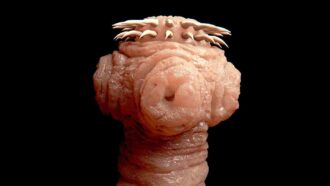
Parasitic worms eat blood and make people sick, but they may also help prevent or treat some diseases.
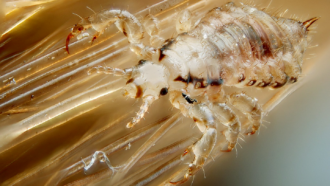
Parasites get a bad rap as disease-causing, unwelcome guests on other organisms. But parasites are also imperiled, and scientists don’t want to lose them.